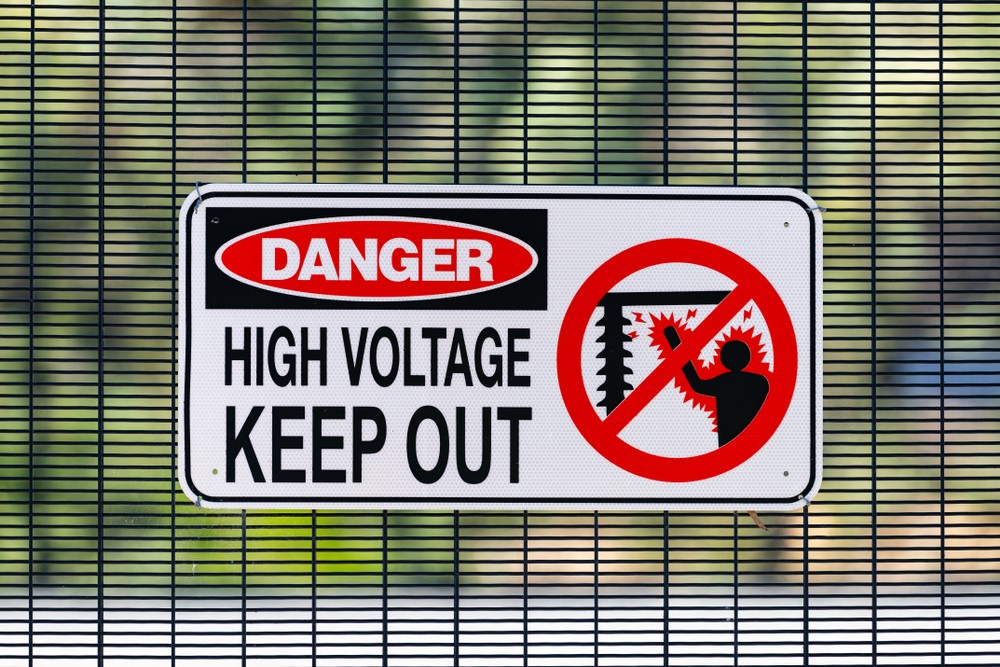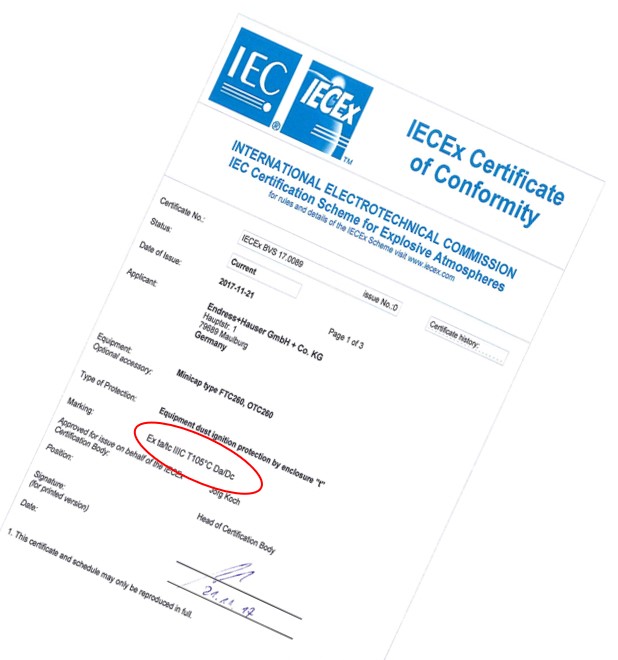The Single Strategy To Use For Roar Solutions
The Single Strategy To Use For Roar Solutions
Blog Article
Some Known Facts About Roar Solutions.
Table of ContentsThe 4-Minute Rule for Roar SolutionsRumored Buzz on Roar SolutionsIndicators on Roar Solutions You Should Know
In order to protect installations from a potential surge a method of evaluating and identifying a potentially unsafe location is needed. The function of this is to make certain the proper selection and installation of tools to inevitably stop a surge and to make sure security of life.
(https://pinshape.com/users/7197164-roarsolutions#prints-tab-open)
No tools should be mounted where the surface area temperature level of the equipment is higher than the ignition temperature of the offered hazard. Below are some common dust unsafe and their minimal ignition temperature. Coal Dust 380C 225C Polythene 420C (melts) Methyl Cellulose 420C 320C Starch 460C 435C Flour 490C 340C Sugar 490C 460C Grain Dirt 510C 300C Phenolic Material 530C > 450C Aluminium 590C > 450C PVC 700C > 450C Soot 810C 570C The possibility of the risk being present in a focus high sufficient to create an ignition will certainly differ from location to area.
In order to identify this risk a setup is split into locations of threat relying on the quantity of time the unsafe exists. These areas are referred to as Areas. For gases and vapours and dusts and fibers there are 3 zones. Zone 0 Zone 20 A harmful ambience is extremely likely to be present and might be existing for extended periods of time (> 1000 hours annually) or even continually Zone 1 Area 21 An unsafe atmosphere is feasible however not likely to be existing for extended periods of time (> 10 450 C [842 F] A category of T6 indicates the minimum ignition temperature is > 85 C [185 F] Harmful location electrical equipment maybe designed for use in greater ambient temperatures. This would certainly showed on the rating plate e.g. EExe II C T3 Ta + 60C( This suggests at 60C ambient T3 will not be gone beyond) T1 T1, T2, T3, T4, T5, T6 T2 T2, T3, T4, T5, T6 T3 T3, T4, T5, T6 T4 T4, T5, T6 T5 T5, T6 T6 T6 A T Course ranking of T1 indicates the optimum surface area temperature produced by the tool at 40 C is 450 C. Presuming the connected T Class and Temperature level rating for the devices are suitable for the area, you can constantly make use of a tool with a much more stringent Division score than needed for the area. There isn't a clear answer to this concern sadly. It really does depend on the kind of equipment and what repair work need to be lugged out. Tools with certain test treatments that can not be carried out in the field in order to achieve/maintain 3rd party score. Must return to the factory if it is prior to the equipment's solution. Field Fixing By Authorised Personnel: Complicated screening may not be needed nevertheless certain procedures might need to be complied with in order for the equipment to keep its third party ranking. Authorized employees should be used to carry out the work properly Repair need to be a like for like substitute. New part should be considered as a straight replacement calling for no special screening of the devices after the repair work is full. Each tool with a dangerous ranking should be evaluated individually. These are outlined at a high level below, but also for even more thorough information, please refer directly to the standards.
The 5-Minute Rule for Roar Solutions
The tools register is an extensive data source of devices documents that includes a minimum set of areas to recognize each item's location, technical parameters, Ex classification, age, and environmental data. The proportion of Comprehensive to Shut assessments will be established by the Tools Risk, which is examined based on ignition threat (the chance of a resource of ignition versus the likelihood of a combustible atmosphere )and the hazardous location classification
( Zone 0Area 1, or 2). Carrying out a durable Risk-Based Examination( RBI )approach is vital for making certain conformity and safety and security in handling Electric Equipment in Hazardous Areas( EEHA).
Roar Solutions Fundamentals Explained

In regards to explosive danger, a harmful location is a setting in which an explosive ambience is present (or may be expected to be present) in quantities that call for unique preventative measures for the building and construction, setup and use of devices. hazardous area electrical course. In this short article we discover the challenges encountered in the work environment, the danger control procedures, and the needed expertises to function safely
It issues of modern-day life that we make, store or manage a variety of gases or fluids that are regarded combustible, and a variety of dirts that are regarded flammable. These compounds can, in certain problems, form explosive environments and these can have significant and awful effects. The majority of us know with the fire triangular get rid of any type of one of the 3 elements and the fire can not occur, yet what does this mean in the context of dangerous locations? When damaging this down into its easiest terms it is basically: a combination of a specific amount of launch or leak of a certain material or product, mixing with ambient oxygen, and the existence of a source of ignition.
In a lot of weblink circumstances, we can do little concerning the degrees of oxygen airborne, but we can have considerable influence on resources of ignition, for instance electrical devices. Harmful areas are documented on the dangerous location category illustration and are recognized on-site by the triangular "EX-SPOUSE" sign. Right here, amongst other essential details, areas are divided into 3 types depending on the hazard, the probability and period that an eruptive atmosphere will exist; Area 0 or 20 is regarded the most unsafe and Area 2 or 22 is deemed the least.
Report this page